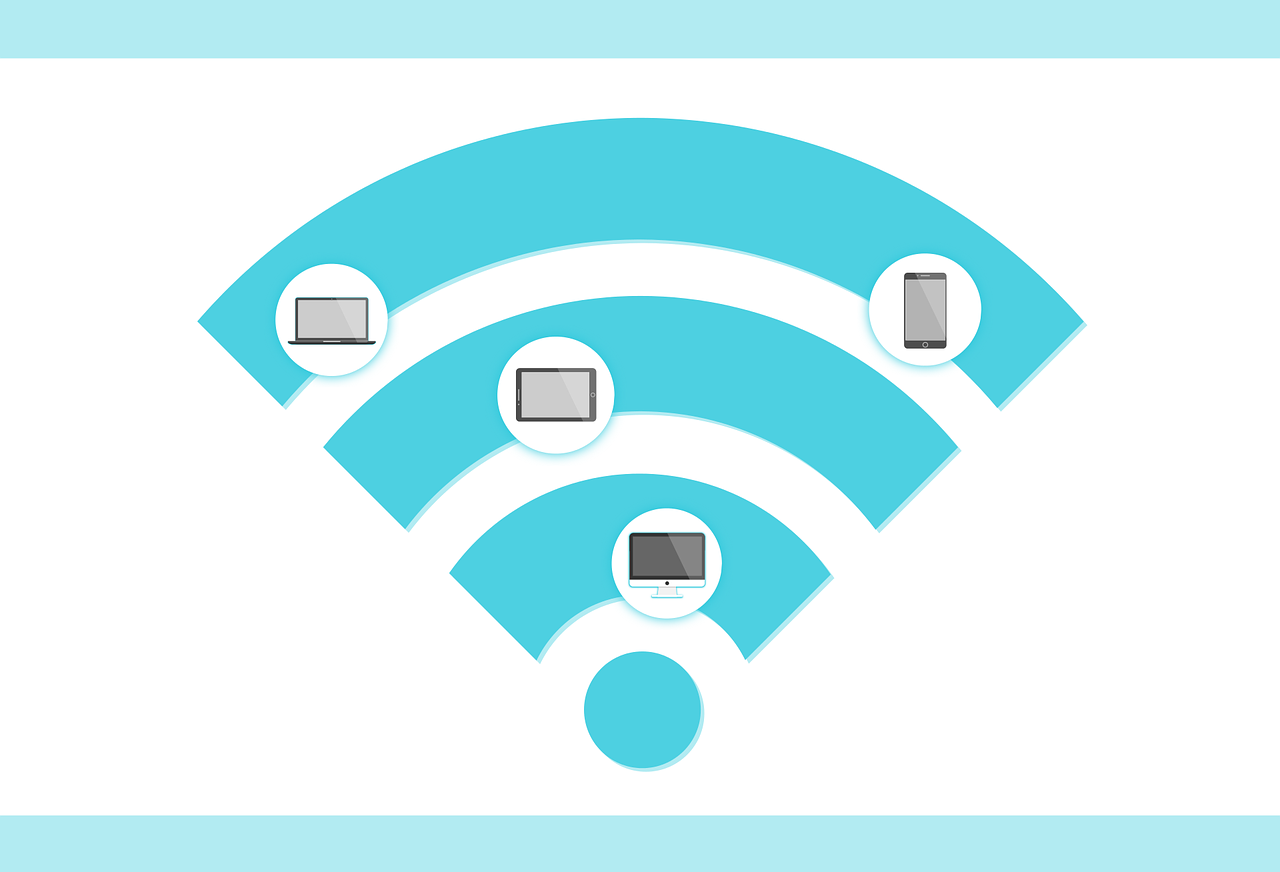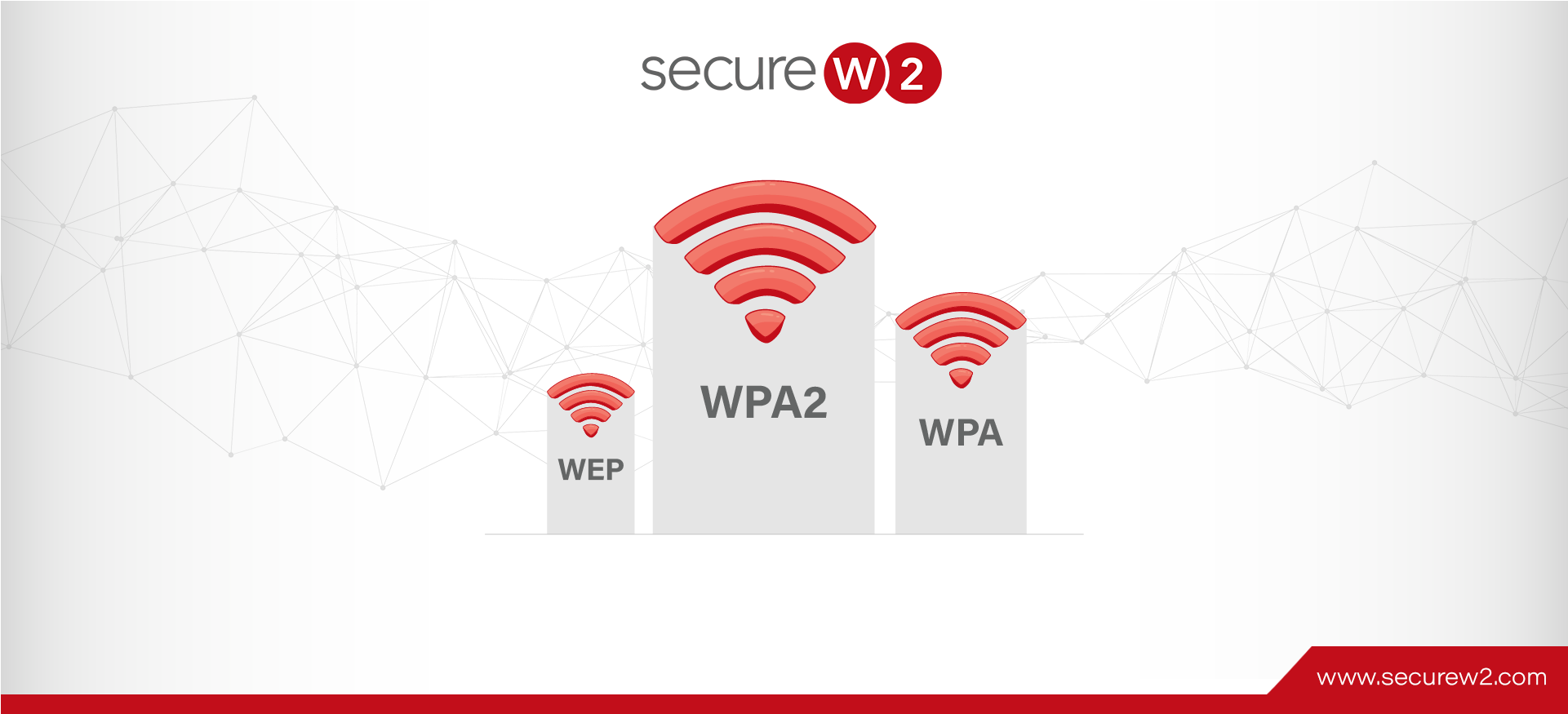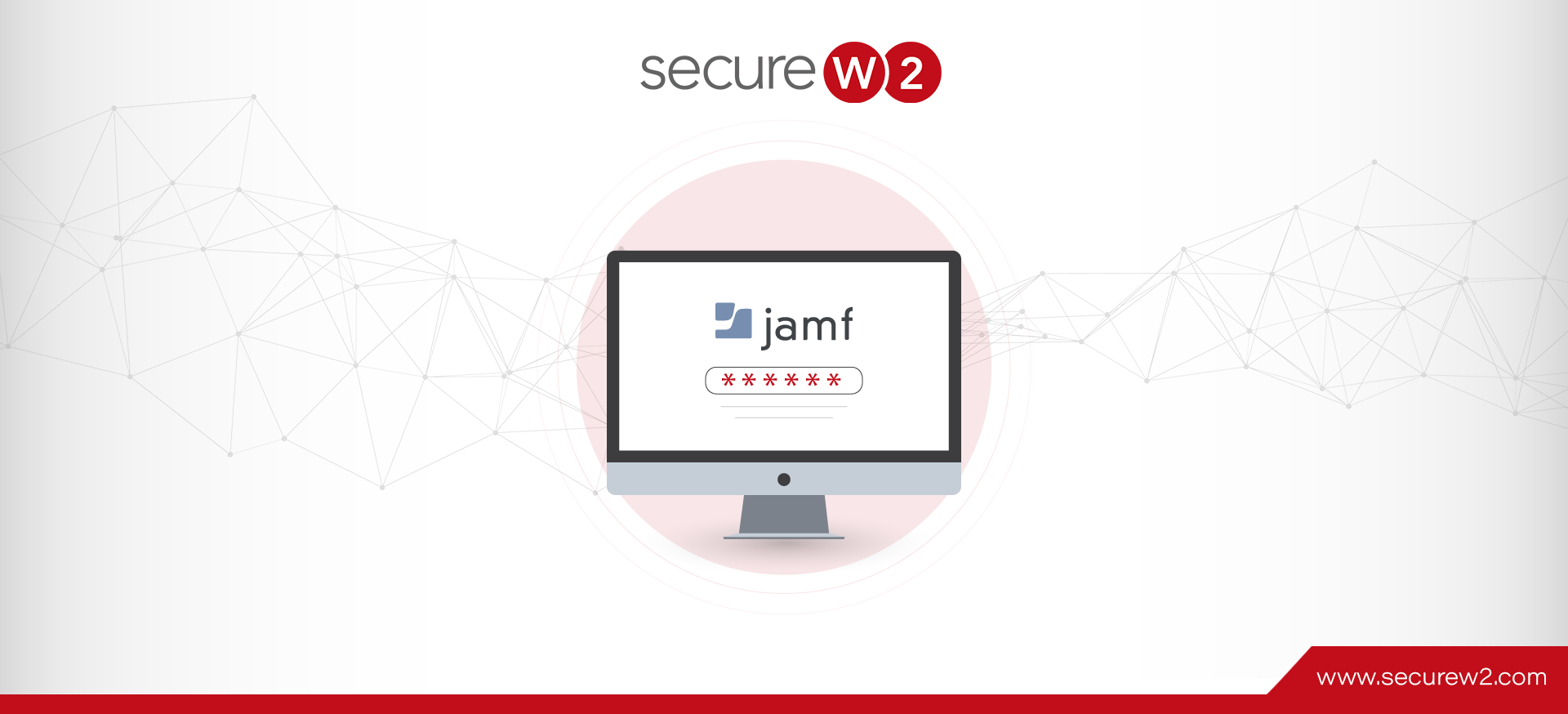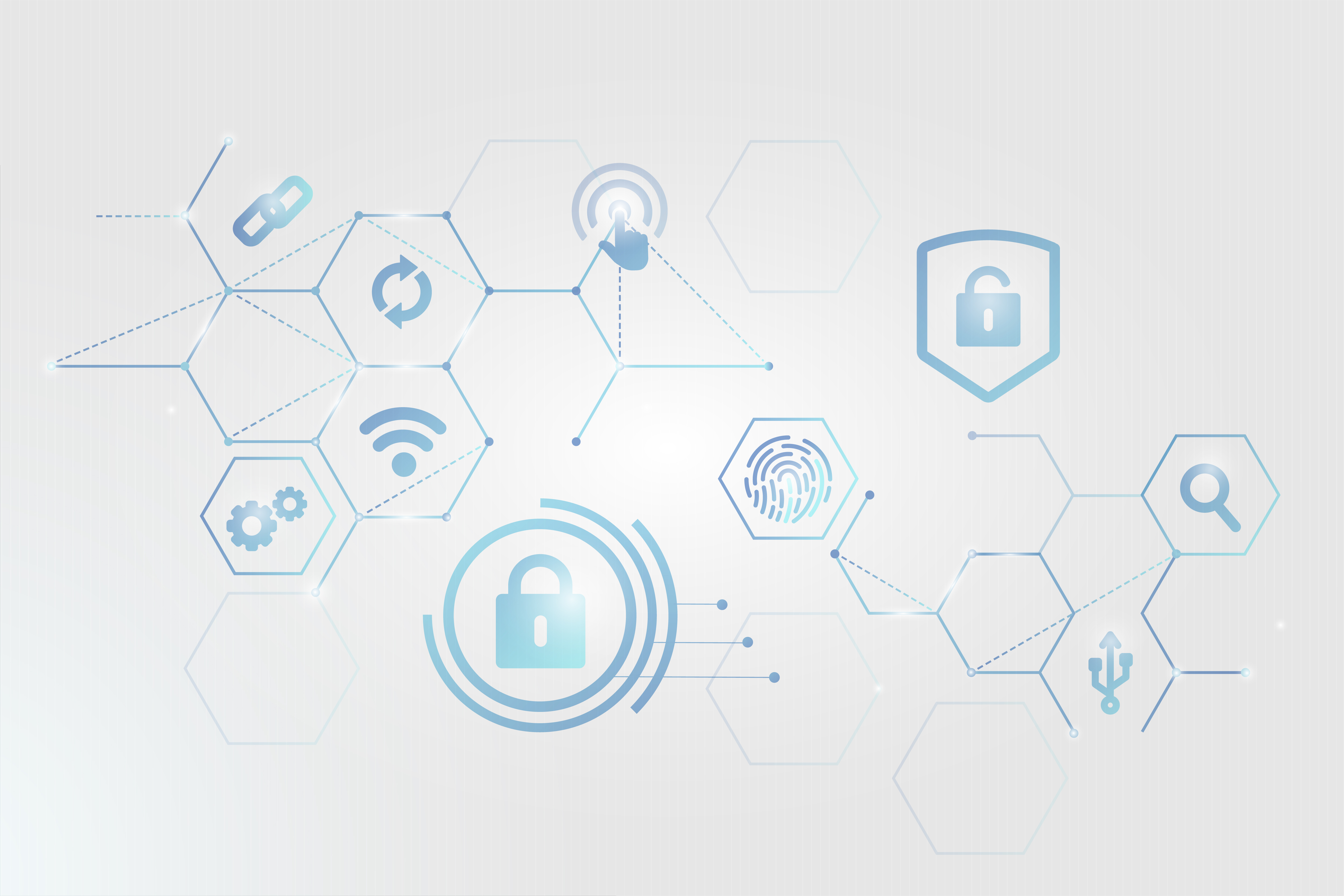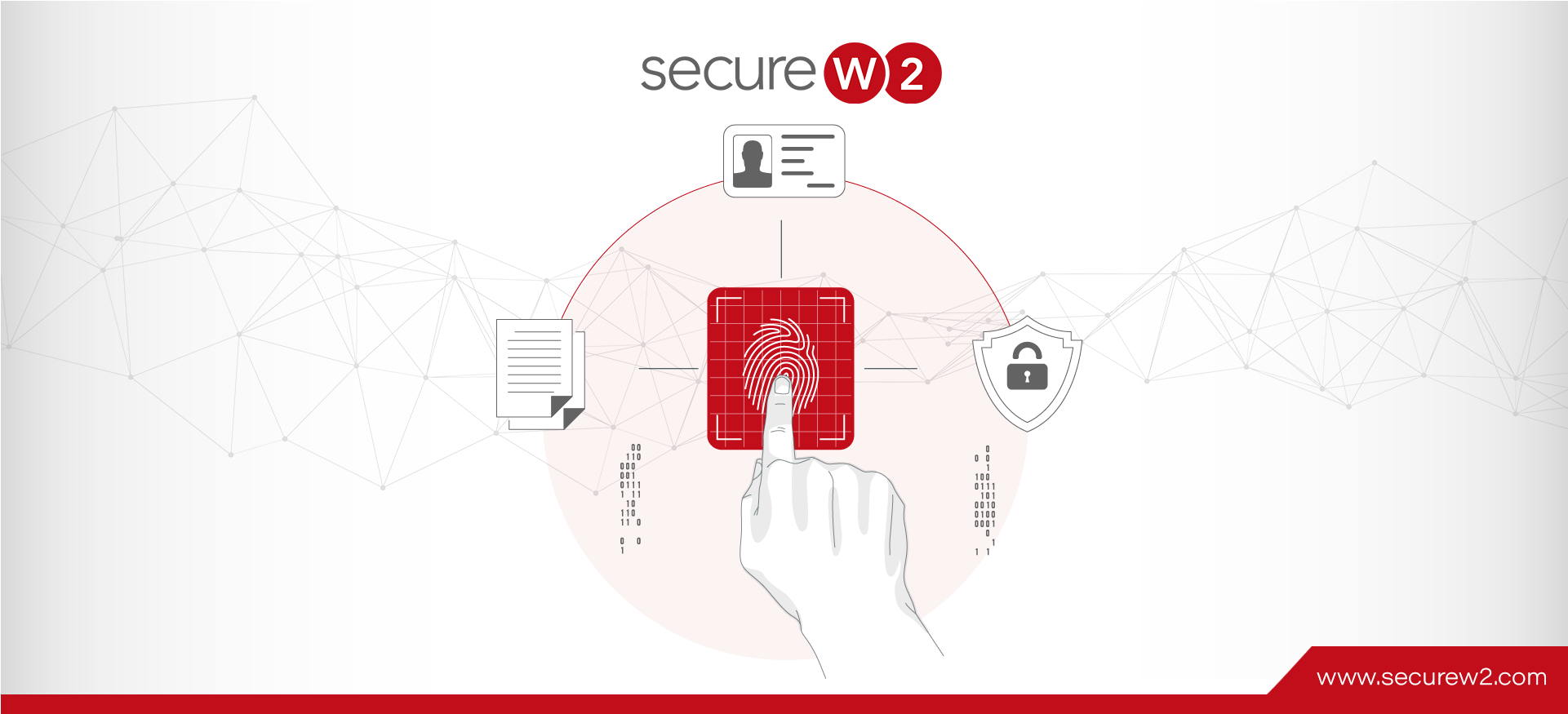
Secure Authentication Without Multi-Factor Authentication (MFA)
Security standards promote multi-factor authentication (MFA) as a compliance requirement because it provides a layer of complexity to your standard authentication process. MFA helps organizations increase employer productivity as they move away from password hassles. So, what does MFA offer that makes it a sought-after authentication solution?
Read on as we talk about the basics of MFA and why it’s not the safest solution for your network. Then, weigh the benefits of digital certificates against MFA and see how they are beneficial to secure your network against attacks.
What Is Multi-Factor Authentication?
As the name suggests, multi-factor authentication (MFA) uses a combination of factors to authenticate users and devices to a network. These factors include:
- Something you know, like passwords, magic links, paraphrases, PINs, or answers to security questions.
- Something you have, like security keys, card readers, wireless tags, or USB tokens.
- Something you possess, like facial recognition, biometrics, fingerprints, or retina scanners.
A typical MFA setup uses at least two of the abovementioned factors to implement an effective authentication process. MFA protects a network against the risk of identity theft but fails to protect against advanced attacks if the attacker has the credentials in his possession.
Why Is a Password Along With MFA Unsafe for Your Network?
Passwords+MFA seem to be an organization’s gold standard for security, but it is riddled with flaws. To begin with, MFA is vulnerable to a social engineering cyberattack known as the MFA fatigue attack. In a typical MFA fatigue attack, an attacker pushes continuous authentication requests to a user’s phone, email, or device. By doing this, the attacker forces the victim to authenticate their identity via fraud notifications.
Modern MFA supports push notifications as an authentication method. The MFA precedes other social engineering attacks like phishing and hacking, where the attacker uses MFA to steal victims’ identities and commit fraudulent activities. MFA attacks place ransomware software, put organizational resources and data at risk, and are used to blackmail them for monetary gains.
Unsatisfactory User Experience With MFA
MFA also provides an unsatisfactory user experience as it’s extremely slow and frustrating. Receiving MFA tokens by SMS or email takes a reasonable amount of time. As the connection times become longer, the user loses time and becomes increasingly agitated. The long connect time disrupts the workflow and decreases user productivity as fatigue sets in.
Regulatory Challenges With Standard MFA
Organizations like the National Institute of Standards and Technology (NIST) and the European Union Agency for Cybersecurity (ENISA) consider a standard SMS a less secure way of securing a network through MFA as they are vulnerable to attacks like SIM swapping. In a SIM-swapping attack, attackers can swap or steal a SIM card. The stolen SIM card can be used to obtain credentials for authentication and steal data.
As a result, organizations are slowly moving towards FIDO-recommended security keys and smart cards, which means an extra hassle. Users tend to lose or misplace these keys and can get locked out of the network till they get a replacement. This makes MFA a burden for users and regulators as replacements are a cost center and take considerable time.
Certificate-based Authentication as a Replacement for MFA
Organizations are now looking at stronger cybersecurity measures to protect their networks. Certificate-based authentication seems to be the clear winner as an authentication method for the following reasons:
- Certificates offer robust security
- Certificates enhance the user experience
- Certificates are economical
- Certificates are easy to deploy
Certificates Offer Robust Security
Certificate-based authentication (CBA) is considered a robust security means as certificates are hard to steal or be misused. Certificates cannot be compromised through Layer 2 attacks like MITM or brute force, thus reducing phishing and hacking attacks.
Certificates can be revoked easily if they are lost or stolen. Certificate revocation completely eliminates the risk of attacks due to stolen credentials, thus securing the network from sensitive data loss and exposure.
MITM Attacks
Certificates Enhance the User Experience
Certificates are installed once in a device and stay there until they are revoked. This enhances the user experience as users can authenticate themselves to a network without complex and unsafe passwords. Certificates also relieve users from using cumbersome MFA methods, increasing productivity by reducing time spent on meaningless procedures.
Certificates Reduce Costs
An effective CBA solution like the JoinNow Connector PKI has transformed the user experience of configuring certificates, making it a breeze. Certificates can be deployed without revamping any existing infrastructure, reducing the cost of procuring expensive systems.
Certificates Are Easy to Deploy
Certificates can be distributed to user devices easily through a PKI. A cloud-based PKI, like the Managed PKI, integrates with many device management systems. It automates the certificate enrollment and revocation process for managed and BYOD devices. You can finally move away from bulky on-premise Active Directory (AD) to a seamless security solution.
Move From MFA to CBA With SecureW2
Passwords and MFA have been a standard for network security for many years, but their increasing vulnerability has left organizations looking for better options. Certificates fill the security gaps inherent in standard authentication methods by eliminating them. Additionally, certificates enhance the user experience.
Our JoinNow Connector PKI helps deploy certificates through a cutting-edge PKI service that provides the best onboarding experience for users to connect to a network. With the JoinNow Connector PKI, you can leverage the best APIs to enroll, renew and revoke certificates or managed devices in an organization.
Click here to find out more about certificate-based authentication for your organization.

